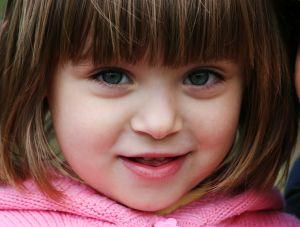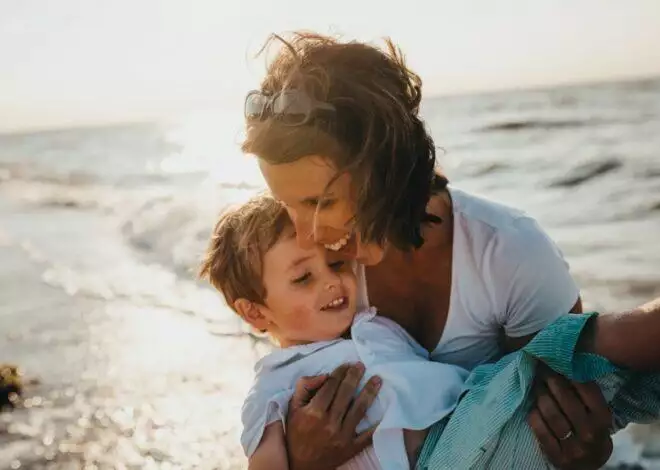The Maine Department of Education states that effective early childhood physical education activities, those for preschool aged children, should promote long-term healthy habits and contribute to the entire learning process. This is why many preschool physical education activities focus on imagination and games as well as being physically fit. While each physical education class is different, the same goals are sought to be met and every activity has purpose.
Cardiovascular
Without endurance it is challenging for children to perform any strenuous task. This makes cardiovascular exercise highly important in early childhood physical education. To encourage greater cardiovascular abilities, teachers will frequently engage the children in running and jumping activities. Kids in this age group enjoy playing red-light green-light, variations on tagging games and imagination play that involves the children running around the room to imitate certain animals or objects.
Coordination
Hand-eye coordination, balance and agility are all important aspects of preschool physical education. These can be improved by games like tee ball, dodge ball, jump rope, duck-duck goose and hopscotch. Many educators will also teach students a few rudimentary dance steps. Tap, ballet, swing or square dances are all fun for children in this age group. Young children also have the ability to do some gymnastics like headstands, supported by a wall, short balance beams and tumbling. These activities all help a child to develop a sense of her body as well as spatial awareness.
Strength
A strong child is often thought of as a healthy child. However, improving a young child’s strength is not as easy as hitting the weight bench or doing a few dead lifts. Activities like jumping jacks are great for improving leg strength while sit-ups are not out of the question for abdominal strength. However, young kids seldom respond well to these traditional methods. For well-equipped locations, rope and wall climbing can improve overall strength while tug-of-war is a fun way to boost strength in any location.
Flexibility
Flexibility is important for people of all ages. Unfortunately, it is often overlooked. However, when a child is flexible they are less likely to break bones or strain muscles when they fall, which they seem to do often. The best early childhood education activities to improve flexibility are often imitation stretching games. A game like follow to leader or Simon says will have children reaching into the sky, touching their toes and twisting from side to side. Often this will occur before more strenuous activities begin in an effort to prevent injury and improve a child’s ability to listen to instruction.
Teamwork
While the National Center for Education in Maternal and Child Health points out that children in the preschool age group are not ready for organized sports, it is still important to encourage a healthy sense of teamwork through physical activity in early childhood physical education activities. This can be done in a variety of ways. Games like red rover (Red rover, red rover send Tina right over) have two teams thinking critically as a group to determine who they would like to come on over. Playing with a large parachute can also be great for teambuilding as it forces every child in the group to move in one synchronized way to make the parachute move correctly.





